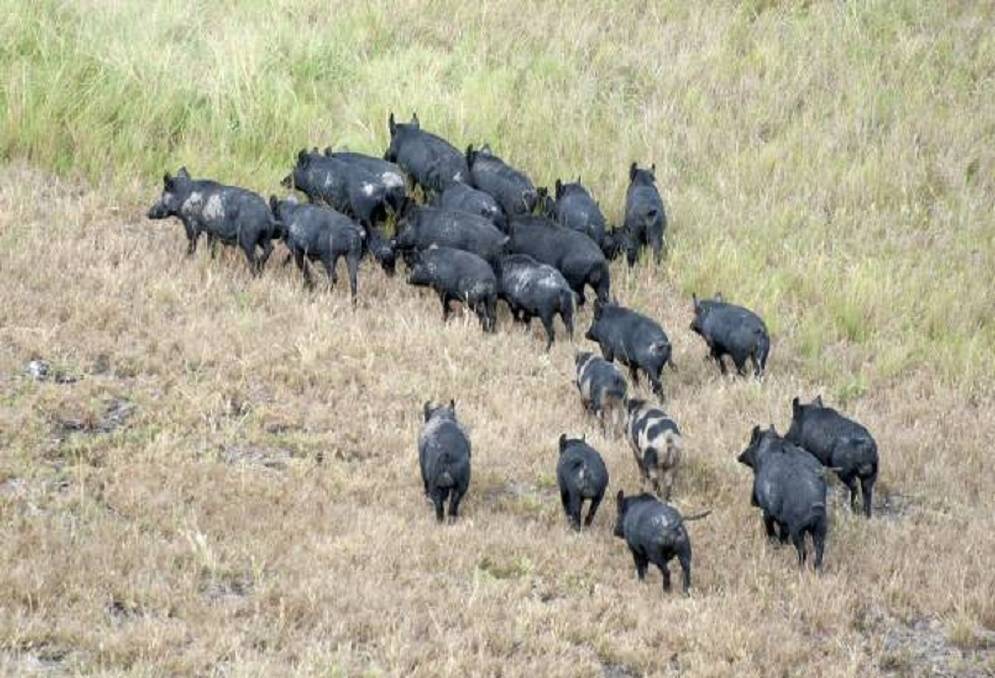24 November 2022
Insight from: Robbie Sefton
Farmers are among the most innovative when it comes to devising solutions or strategies for challenges facing their business, but there are obviously times when the issue is so large, and so widespread, that it needs much more than a single farmer can hope to do. The crushing blows exploding feral pig numbers are dealing to the agriculture industry at present is alarming, but sadly nothing new. The drought saw a drop in numbers for a while, but rain and improving conditions have brought populations up to record highs and no part of the state seems immune.
Farm businesses are spending tens of thousands of dollars a year to try to halt the spread, even coming together in their own control groups to fund coordinated eradication programs – again, at great personal expense. But the message is that to have a significant impact on feral pig numbers – and any feral animal population – the approach needs to be coordinated and uniform or else any success in one area will soon be lost to incursions from areas where control measures are either inadequate, inconsistent, or non-existent.
Public lands have long been a source of concern for farmers trying to stop damage and losses on their own properties. To see considerable money spent on controlling pest species – noxious weeds included – within their own fencelines, only to have these species invade from public land where they’ve been allowed to go unchecked must be incredibly frustrating.
The costs to landowners, the industry, and, by extension, our state economy are enormous. NSW Farmers has previously said the cost of feral pigs has been estimated at $100 million annually, a figure that underscores the scale of the problem we’re facing. From my own experience, I know just how critical the current situation is, with our own farm business employing multiple control measures – simultaneously. It’s time-consuming and costly, but we know as well as trying to limit the damage to our own business, we also have an obligation to our neighbours to do our bit to try to control their spread.
There’s also the concern about feral pig populations spreading diseases such as African swine flu – and even FMD if it was to ever reach our shores – so controlling their numbers is so important from a biosecurity perspective as well. Funding is one part of the picture and with a state government election looming it’s hoped money for feral animal control measures will be a priority, so landholders are not left to bear the full cost for an issue that impacts us all.
But that’s just one part of the puzzle. Last year, after the conclusion of a federal inquiry into the impact of feral deer, pigs and goats in Australia, the final report included recommendations for long-term funding to implement several national action plans aimed at feral species, regular updates on their rollout and the sharing of best practice strategies. The committee also recognised that control measures were only effective through “the coordinated efforts of all stakeholders including landholders and all three tiers of government”.
The weather disaster unfolding for so many east coast regions at the moment is heartbreaking, and the toll high. Unfortunately, these weather systems are out of our control and we can only watch and do what we can after the damage is done. With a challenge like feral animals though, we do have a degree of control, but we have to act swiftly, strategically and consistently to make an impact, and it’s up to all landholders – public and private – to play their part.
To read this article in The Land Newspaper, go to https://www.theland.com.au/story/7992259/feral-pigs-dealing-crushing-blows-to-agriculture/




